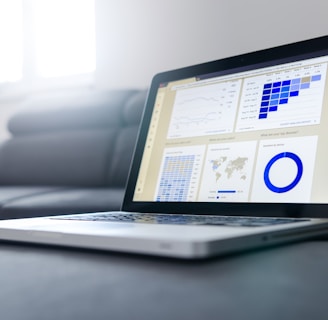Neuracast’s AI-powered demand forecasting helps you minimize overstock, capture more sales opportunities, and make smarter, data-driven decisions. By interpreting a wide range of factors—from seasonal patterns and promotions to external influences and buying behavior—our solution delivers highly accurate forecasts tailored to your business. Boost operational efficiency and stay competitive with Neuracast.
AI-Powered Demand Forecasting: Add Real Value to Your Business


AI-driven demand forecasting systems outperform traditional statistical models by processing far larger and more complex data sets—leading to significantly higher accuracy. These solutions draw on rich, multi-dimensional data, including historical sales, seasonal trends, promotions, and external factors like weather conditions, economic signals, and marketing impact. With the help of feature engineering, this information becomes machine-readable and model-ready. When structured as multivariate time series, it lays the groundwork for highly effective forecasting models.


Integrated attention mechanisms enable models to dynamically assess the relevance of different inputs, allowing them to capture complex relationships within the data. This approach ensures that factors like temperature shifts or holiday periods receive greater emphasis when they significantly influence demand. Moreover, incorporating exogenous variables—such as planned promotions or public holidays—lets the model go beyond historical sales and factor in known future events. As a result, the system becomes not only reactive to the past but also proactive in forecasting based on upcoming influences, greatly enhancing predictive accuracy.


Instead of offering a single-point forecast, the model typically delivers predictions within a defined probability range—helping users assess not just the outcome, but also its level of confidence. The system can continuously improve itself through techniques such as online learning or scheduled retraining, making it responsive to evolving conditions like shifts in consumer behavior. Thanks to this adaptability, AI-powered models can reach accuracy levels that traditional methods struggle to match—providing businesses with a fast, flexible, and self-improving demand forecasting framework.


Data-Driven Insights
Extract meaningful insights from your data with AI-powered analytics.
© 2025. All content on this site is protected by copyright.
All rights reserved.
